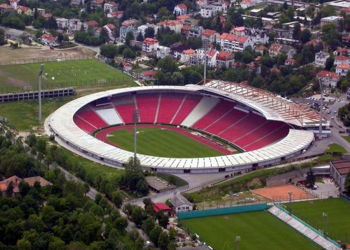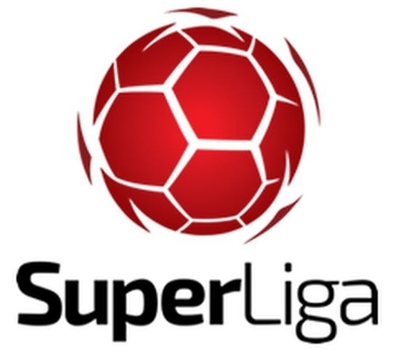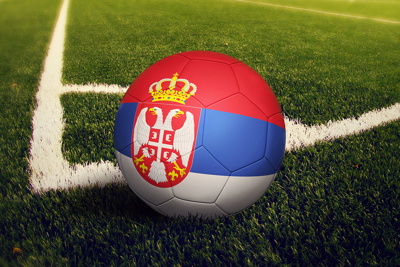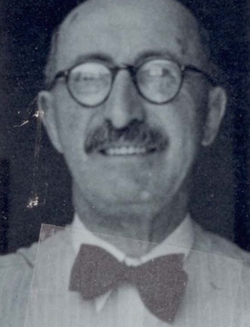
The history of football in Serbia is a slightly complex topic for the simple reason that the history of Serbia itself is complicated. It is the most popular sport in the country, with the Football Association of Serbia & Montenegro being formed in 2003.
The Serbian FA is in charge of every aspect of the sport in the country, organising the leagues as well as determining the makeup of the national squad.
Here we’ll give you an overview of what you can expect from Serbian football, including some history of the national team. We’ll also take a look at the kind of stadiums you can sit in when you’re watching matches there, as well as give you some idea about how the sport got started in the country in the first place.
As mentioned, it’s a complicated history, with Serbia being part of Yugoslavia until the breakup of the country in the 1990s.
Serbian Stadiums

Red Star Belgrade’s Rajko Mitić Stadium is the largest in the country, having the ability to welcome more than 55,000 spectators through its doors.
That’s why it also tends to double up as the national stadium, with rival club Partizan Belgrade boasting the next largest venue with room for more than 30,000 people.
Somewhere between 10,000 and 20,000 is the average size of stadiums in Serbia, with most taking advantage of the country’s pleasant weather by being open to the elements.
The majority also tend to follow the British design of having four stands on each side of the pitch.
Serbian Leagues
 The top-tier in Serbian football is the Serbian SuperLiga, which is known as the Linglong Tire SuperLiga because of sponsorship.
The top-tier in Serbian football is the Serbian SuperLiga, which is known as the Linglong Tire SuperLiga because of sponsorship.
The second tier is the Serbian First League, with the Serbian League, the Zone League, Okružna Liga, Međuopštinska Liga, Opštinska Liga and Druga Opštinska Liga making up the other seven levels of Serbian football.
There is a promotion and relegation system in place between all of the levels, though the likes of the Opštinska Liga, which is the seventh tier, has more than 50 leagues within it.
Serbian National Team
 The Serbian national team was technically formed in 1919 as part of the Yugoslavian kingdom that existed between the two World Wars.
The Serbian national team was technically formed in 1919 as part of the Yugoslavian kingdom that existed between the two World Wars.
Indeed, Serbia took on the history of the Yugoslavian national team when it was finally disbanded in 2003.
At that point the team became that of Serbia and Montenegro, remaining so until Montenegro declared its independence from Serbia in 2006.
We told you it was complicated!
Key Stats
| Serbian National Team Statistics | |
|---|---|
| Year Formed | 1919 |
| Home Stadium | Various but mainly Rajko Mitić Stadium |
| Stadium Capacity | 55,538 |
| Major Honours | None |
| Current Manager | Ljubiša Tumbaković |
| Top Scorer | Stjepan Bobek (38) |
| Most Caps | Branislav Ivanović (105) |
| Best Performance at World Cup | Semi-Finals (1930) |
| Best Performance at European Championships | Runners-Up (1960, 1968) |
| Kit Colours | Red (Home), White (Away) |
History Of Football In Serbia
 Hugo Buli, a Jewish student who had been studying in Germany, returned to Serbia in 1896 and brought a football with him.
Hugo Buli, a Jewish student who had been studying in Germany, returned to Serbia in 1896 and brought a football with him.
He took the ball to friends of his at the Belgrade gymnastics society and soon they had founded south-east Europe’s first football section.
Initially, the majority of the football clubs in Serbia were actually multi-sports clubs that included football in their roster.
Even that is tied up with the complicated nature of politics in the country, given that one of the earliest clubs was actually part of the Austro-Hungarian Empire at the time that it was founded.
Hugo Buli was tragically murdered by the Nazi’s, in 1941.
